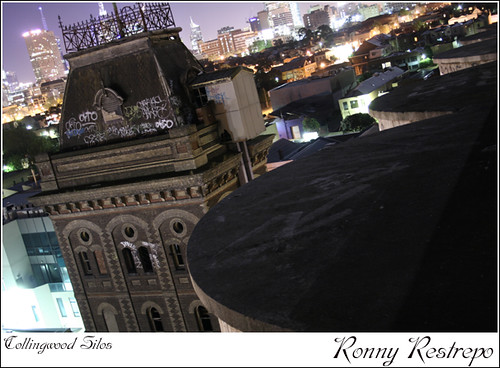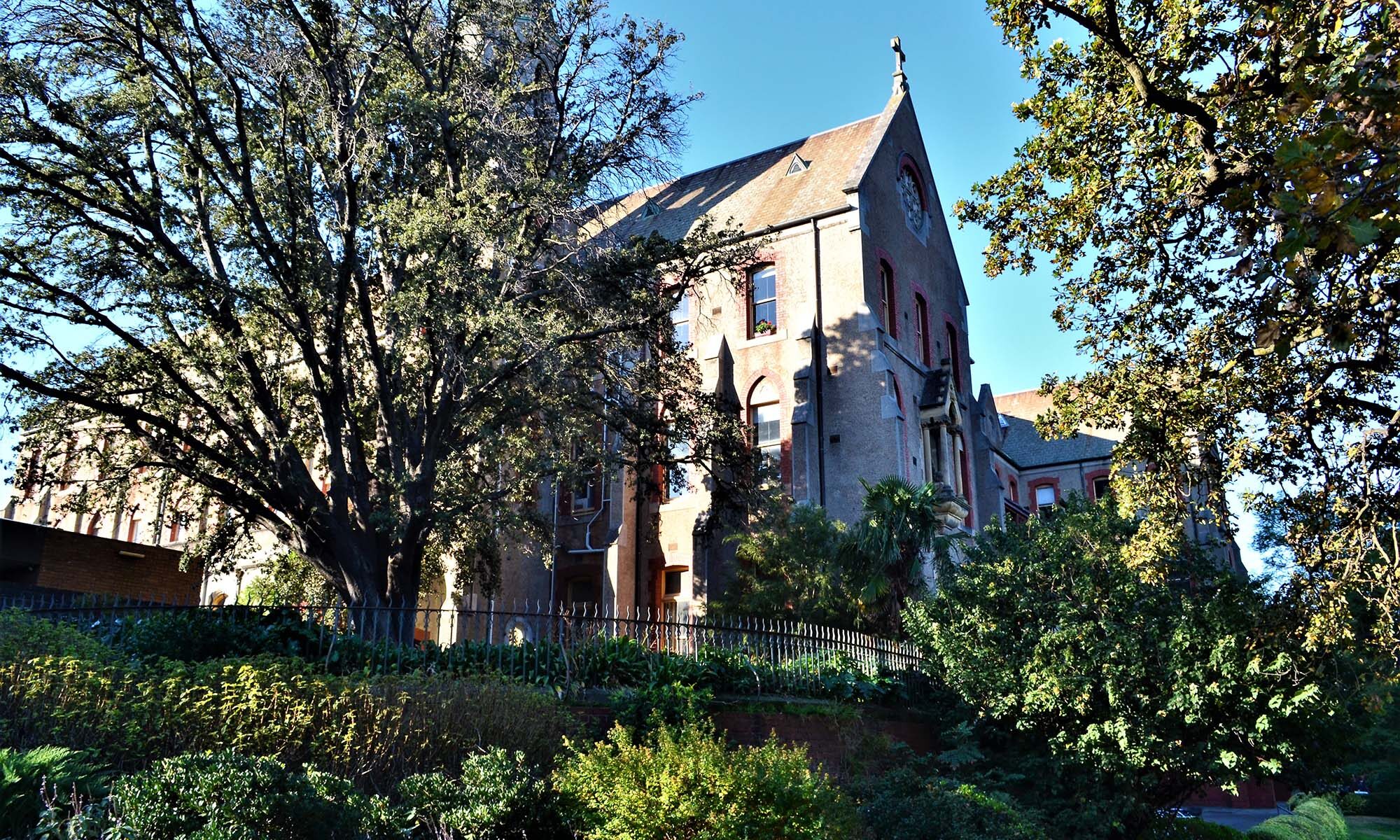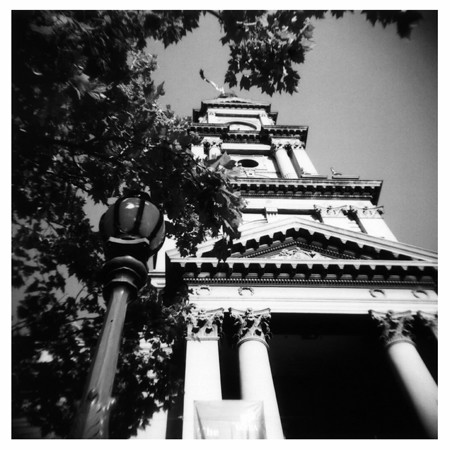
On Monday I was frustrated again when I headed down to Babka for lunch. It was closed too. Still hungry, I was diverted by Grub St Bookstore, where the genial bookseller looked very pleased when I asked him if he had any books on the history of Collingwood. He went out the back and returned with Growing Up in Collingwood, an A4 paperback self-published by John Ventura last year. It looks like a bloody brilliant social history. It is so unedited, so full of graphic design faux-pas, that it positively vomits authenticity. It has many photos, and the most classic hand-drawn diagrams of the author’s favourite childhood haunts, his family’s residence above the family fishmonger at 262 Jhonston St, and the like.
Ventura was schooled at St Euphrasia in the Abbotsford Convent:
“Sometimes we ordered our lunch via a brown paper bag with lunch money enclosed and our order and name written on teh bag. These were sent to the milk bar around the corner opposite the Yarra Falls knitting mill. At 12 o’clock, the bell would ring and we would all stand up to say the Angelus prayer. After dismissal, we all raced down to the milk bar to collect our lunch.”
He used to go to the first Coles Store, and to Foy & Gibson’s on Smith St:
“G.J. Coles’ first variety store opened in 1914 and in 1919 they advertised nothing over 2/6. I remember the glass tops over the goods displayed, probably stop us kids pinching things. Mum bought my stationery here and I also scored a metal frog that made a clicking noise. Remember those?
I think next door to Coles was the large retailer ‘Foy & Gibson’s’ a quality trader who begain in 1891. They made goods in a factory and mill complex between Wellington and Smit Streets. They had a variety of goods, Manchester, clothing, furniture, leather goods, soft furnishings, hardware, books, toys and sweets.
It was just magic for a 6-year-old to wander through the store. I well remember the systems of overhead cables in Foy and Gibson’s when you bought something, the sales assistant would place the money and docket into a brass container. This was then fitted into a bracket hanging from the cable. A quick flick and the container was propelled along the carrier to the upstairs office where the money was removed, checked, and the change and receipt returned by the same process. Meanwhile your purchase was wrapped neatly with string and your change refunded.”



